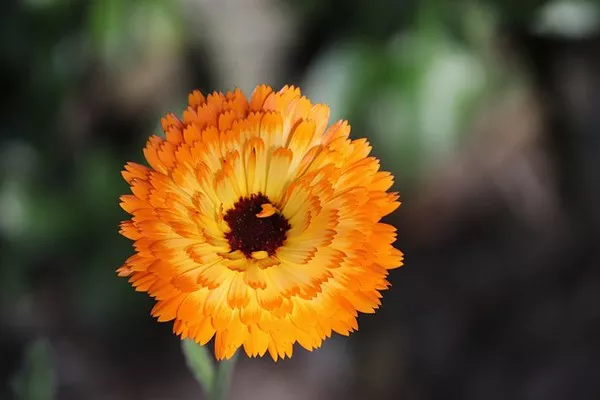When it comes to adding a touch of perpetual beauty to your garden, perennial flowers are the stars of the show. These remarkable plants have the remarkable ability to come back year after year, bringing with them vibrant colors, exquisite fragrances, and a sense of consistency that’s a joy for any gardener. In this guide, we’ll explore the world of perennial flowers, their diverse varieties, and some essential tips for ensuring their enduring presence in your outdoor haven.
See Also: Everything You Need To Know About Annual Flowers
1. Understanding Perennial Flowers:
a. The Perennial Promise:
Perennial flowers are a type of plant that lives for more than two years. Unlike annuals, which complete their lifecycle in a single year, perennials return every spring, often becoming heartier and more robust with each passing season.
b. Winter Rest:
One of the remarkable characteristics of perennials is their ability to withstand winter’s chill. During the colder months, their growth may slow or even go dormant, but their root systems remain alive beneath the soil, ready to burst forth when the warmer days arrive.
c. Range of Colors and Shapes:
From dainty pastel blossoms to bold and vibrant hues, perennials offer a rich spectrum of colors. They also come in various shapes and sizes, from compact ground covers to towering spires, ensuring there’s a perennial for every corner of your garden.
2. Popular Perennial Varieties:
a. Lavender (Lavandula): Known for its soothing fragrance and striking spikes of purple or blue flowers, lavender is a perennial favorite. It not only attracts pollinators but also adds a touch of Mediterranean charm to your landscape.
b. Daylily (Hemerocallis): With a wide array of colors and a name that reflects its brief blooming period, daylilies are reliable perennials that grace gardens with their beauty. They come in various sizes, making them versatile choices for borders and beds.
c. Coneflower (Echinacea): Coneflowers are beloved for their daisy-like blooms and their appeal to butterflies and bees. They’re not only visually striking but also have medicinal properties, making them a favorite among herbal enthusiasts.
3. Caring for Perennial Flowers:
a. Choose the Right Location: The key to perennial success is choosing the right location for each plant. Some perennials prefer full sun, while others thrive in partial shade. Understanding your garden’s sunlight patterns is essential for ensuring optimal growth.
b. Soil Nurturing: Most perennials thrive in well-drained soil. Before planting, enrich the soil with compost to provide essential nutrients and ensure proper drainage.
c. Regular Watering: While established perennials are generally more drought-tolerant than their annual counterparts, they still need consistent watering, especially during their active growth phases. A layer of mulch around the base helps retain moisture.
d. Pruning and Deadheading: To encourage continuous blooming, remove spent flowers (a process called deadheading). Additionally, prune your perennials in the early spring to remove any dead or damaged growth and promote new shoots.
4. Creating a Perennial Garden:
a. Planning for Year-Round Interest: Design your perennial garden with careful consideration of bloom times and plant heights. This ensures a continuous display of color and prevents overcrowding as the perennials grow.
b. Layering Heights: Plant taller perennials at the back of borders or beds and shorter ones toward the front. This layering creates a visually appealing landscape that showcases each plant’s unique characteristics.
c. Mixing Perennials: Combine different types of perennials to create diverse textures and a harmonious color palette. Pairing perennials with varying bloom times ensures that there’s always something in bloom throughout the growing season.
5. The Joy of Perennial Renewal:
a. Gardening Legacy: The appeal of perennial flowers goes beyond their physical beauty. Each year, as they return to grace your garden, they become a living testament to the passage of time and the cyclical nature of life.
b. Continuous Learning: Cultivating perennials provides an ongoing learning experience. Observing their growth patterns, understanding their preferences, and adapting your gardening practices create a deep connection with your plants.
c. Symbolism of Perennials: Just as perennials endure the changing seasons, they can symbolize enduring love, friendship, and dedication. They’re a thoughtful gift to share with loved ones or plant to commemorate special occasions.
In conclusion
perennial flowers are nature’s gift of timeless beauty. Their ability to return year after year, bringing life to your garden, is a reminder of the eternal cycles of nature. By selecting the right varieties, providing proper care, and designing a garden that showcases their unique attributes, you can experience the joy of perennials in all their splendor.


